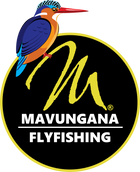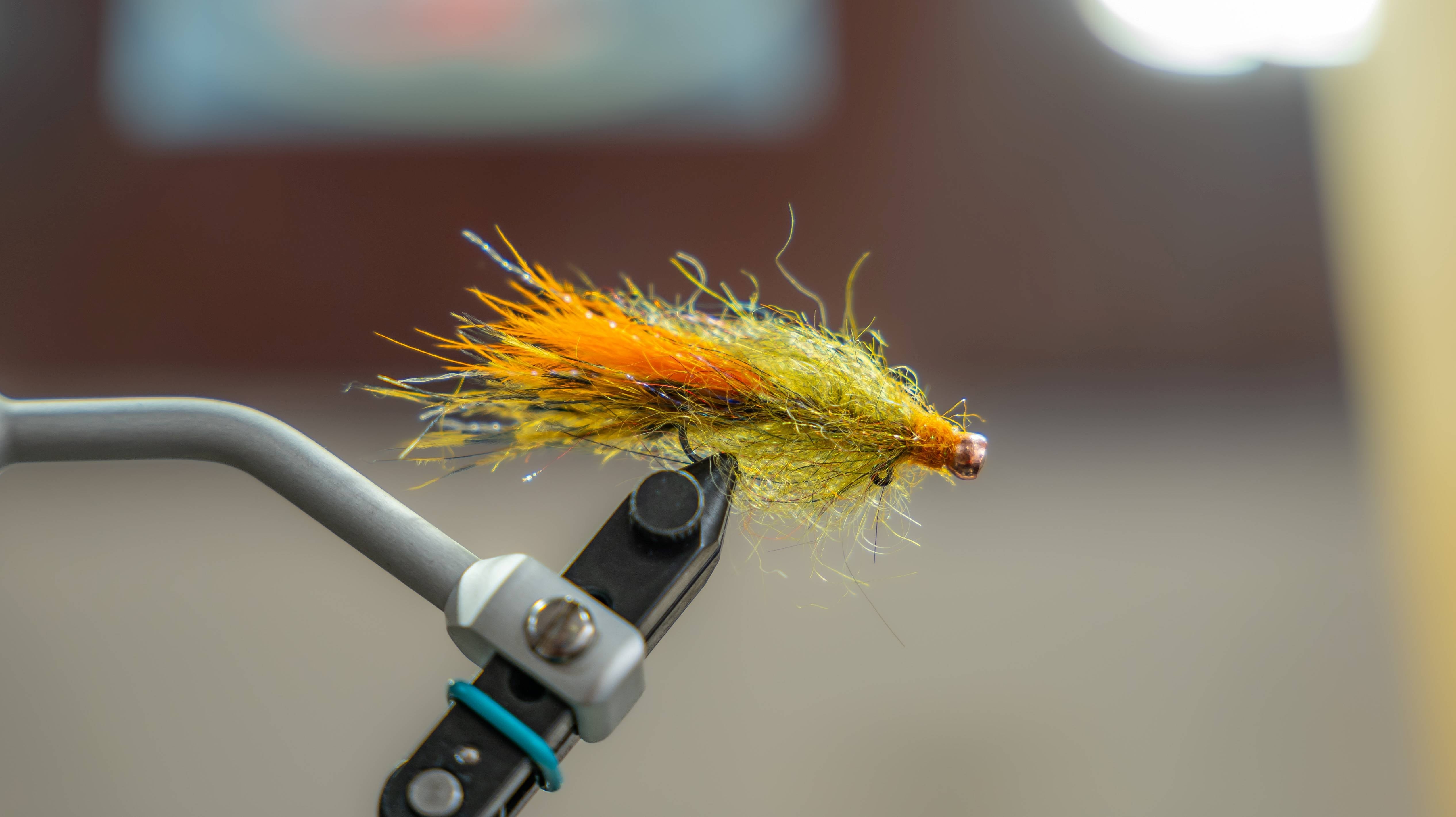The Balancing Act
Tired of ripping and stripping streamers or drifting a team of nymphs at your favourite stillwater? Need to be that innovative angler who’s always garnering inquisitive side-eyed glances from nearby fluff chuckers? Maybe your target fish have seen more flies than the shelves of our Dullstroom store? We think this pattern might just be the answer for you.
Famously used by those fanatics who target farm animal sized Lahontan cutthroat trout in Pyramid Lake Nevada from aluminum step ladders (in itself a balancing act worth viewing on YouTube), balanced leeches just haven’t quite taken off in a South Africa. Looking halfway between a well-mangled woolly bugger and the wiry fur balls the neighborhood stray typically hocks up on your doorstep, they’re not exactly staples in every angler’s fly box across the pond either, but when the going gets tough and conditions get blustery, the fly zealots worth their salt often reach for a balanced leech. You should too.
The leech needs a longer-than-usual tail, typically marabou for movement. Bonus points if the tail is barred or grizzly marabou. Where the magic starts to come in, is that balanced leeches are tied to ride hook point up on jig hooks, ideally 90 degree jig hooks. Where the reel magic comes in, is the tungsten bead strategically lashed to an extended pin - essentially acting as a counterbalance. The end product of this engineered chassis is a fly that when suspended under an indicator, bobs along ever so seductively with the wind and wave action.
For fish that haven’t seen this subtle horizontal presentation before, or for fish that are cruising at a specific depth (the same depth as your balanced leech of course) it’s money. And not just rainbow trout or brown trout money, balanced leeches are readily accepted legal tender as far as smallmouth and largemouth yellowfish, carp, tilapia and a few strains of bass are concerned.
Add a few balanced leeches, if only as savings for the proverbial rainy day, to your fly box arsenal. Have a look at our in store legend, Mr Raymond, whipping up his take of the Balanced Leech.
Materials Required:
- Fulling Mill Voodoo Streamer Dubbing - Olive
- Fulling Mill Tactical Microflash UV Dubbing - Bright Orange
- Wapsi Krystal Flash - UV Pearl
- Fulling Mill Premium Selected Marabou - Fl Orange
- Hareline Grizzly Marabou - Olive or Fulling Mill Premium Selected Marabou - Olive
- Grip Countersunk Tungsten Beads
- Pins
- Hooks
For the inside information on how to get your hands on the specialized hooks and pins for this pattern, either give our JHB store a call or better yet, pop into the shop for a cup of coffee and chat to the man himself, Mr Raymond, about tying the Balanced Leech.

Step 1:
Slide your bead onto your pin and secure your pin to the top of the hook. Wrap your thread over the pin as well to secure the bead in place, before wrapping backwards to the bend of the hook. Add a drop of super glue over your thread wraps to ensure the pin doesn't move.
Top Tip: Making sure your fly is actually balanced is key to the success of this pattern. One you've secure your pin to the hook, tie a loop knot to the eye of the hook and suspend the 'fly' i.e. hook and pin. If your fly balances and suspends perpendicular to your tippet, you can proceed to tie the rest of your Balanced Leech.









